Join us as we dive into the science of climate change in the oceans. What changes are we already seeing, what affects are they having on marine life, and what are the prospects for the future? We call in on the Arctic and the Antarctic to find out what's going on in some of the most vulnerable parts of the oceans, and we meet some extraordinary critters from the bottom of the sea at the bottom of the world.
In this episode
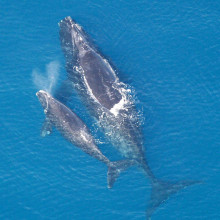
01:45 - Whales have to shout in noisy seas
Whales have to shout in noisy seas
When rare North Atlantic right whales (Eubalaena glacialis) swim through noisy water, they make louder calls to each other, presumably to try make sure they can be heard over the din.
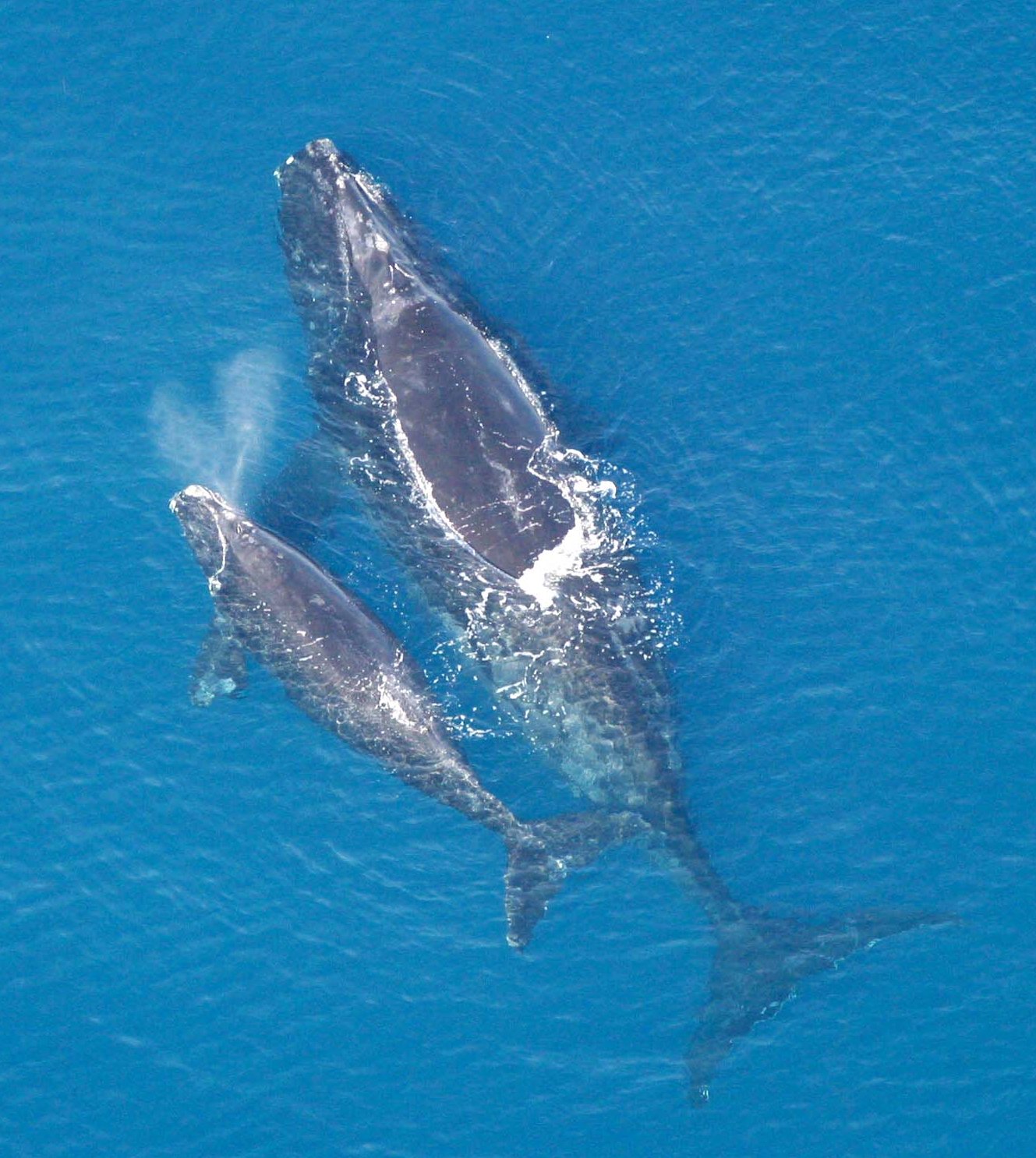 Susan Parks from Penn State University led a team who tagged 14 North Atlantic right whales in the Bay of Fundy, in Canada, with acoustic tags that recorded their calls as well as background noises.
Susan Parks from Penn State University led a team who tagged 14 North Atlantic right whales in the Bay of Fundy, in Canada, with acoustic tags that recorded their calls as well as background noises.
At times when background noise was louder - probably because of commercial shipping activity nearby - individual, lone whales called louder. Birds and Primates are known to do the same thing when things get noisy around them.
Shouting louder isn't necessarily a great idea for whales - it takes more energy, it makes them more likely to be heard by predators, and the important messages they are trying to communicate could get mixed up. Ultimately, whales may not be able to hear each other, at least not over such long distances.
This study has important implications for conservation efforts because the calls studied by Parks and the team - so-called "up-calls" - are picked up by automated sound recorders set up in the sea to give an estimate of how many of these rare whales there are in the area - providing crucial data for population monitoring.
If whales are changing their calls in noisy waters it could make these automated whale detectors inaccurate.
So this study not only provides yet more evidence that marine mammals could fair badly as the oceans get noisier, but because we may have to look again at the ways we use to work out how many of them are left.
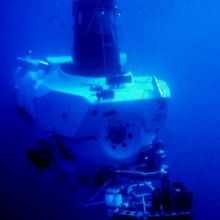
04:13 - More fish lurk in the deep than we thought
More fish lurk in the deep than we thought
A team of researchers from the University of Aberdeen have found that there may be more fish living at extreme depths in the ocean than previously thought.
The group, led by Toyonobo Fujii, used a free-fall lander baited with mackerel and equipped with a camera to observe life in the hadal zone of the Japan Trench, in the Pacific Ocean. 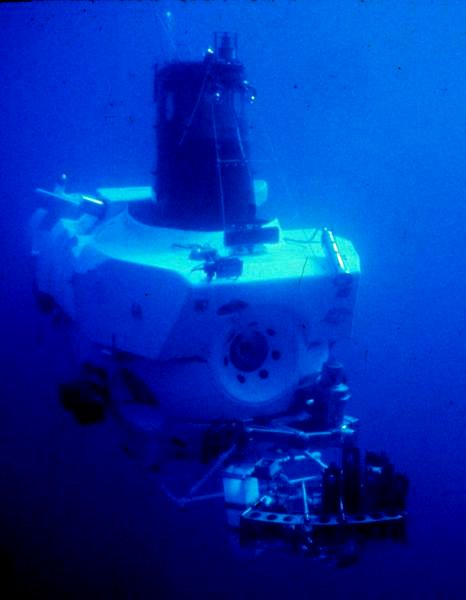
The hadal zone describes depths of between 6000m and the full ocean depth of 11000m.
The evidence for fish living at these depths has in the past been uncertain and mainly based on trawl records - which are unreliable as it's often not clear at what depth the fish actually entered the nets.
By using direct observation with a camera, the team were able to record the deepest ever observation of a group of fish, known as snailfish, at 7703m depth. What was also exciting about using a camera rather than a trawl net was that they were also able to observe the behaviour of the fish, which isn't something that has been done before.
From their observations, the team argued that although numbers of these particular fish were much higher than expected, the diversity of fish species at great depths was probably much lower than previously estimated, although they did also stress that our knowledge of the hadal zones of the deep ocean is still very inadequate and incomplete.
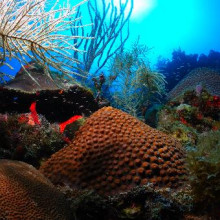
05:56 - Cleaner water means healthier reefs
Cleaner water means healthier reefs
Taking steps to improve local water quality can help coral reefs cope with the global problems of climate change and warming seas.
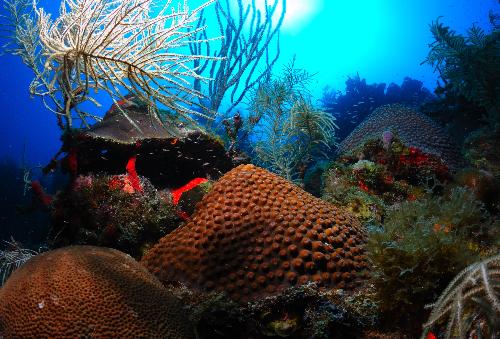 |
Daniel Wagner from the Florida Institute of technology led a team who studied reefs across the Florida Keys throughout three periods of coral bleaching - when raised sea temperatures cause life-giving algae to abandon their coral hosts, often killing them in the process. In 2005, over half Florida's reefs bleached.
The research team found that the reefs that were hit hardest by bleaching were in areas where municipal wastewater runs off the land and dumps nutrients (mainly nitrates and phosphates) into coastal waters. This stresses the corals, encourages blooms of aggressive algae that outcompete corals and makes them more susceptible to bleaching.
Reefs that coped better with warmer sea temperatures were those bathed in cleaner water.
In the face of so many problems linked to climate change, including warmer, more acidic waters, sea level rise and so on, it can be difficult to remain positive about the state of the oceans, and in particular the vulnerable habitats like coral reefs.
But this study offers good evidence that taking small, local steps to keep water clean can play a crucial part in keeping reefs healthy, making them more likely to survive other threats from climate change, which will need more long-term and international solutions.
A perfect case of thinking globally but acting locally.
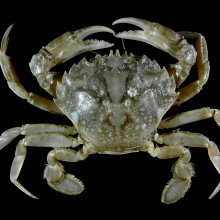
07:26 - Census of Marine Life inventory
Census of Marine Life inventory
A really exciting piece of news has come out this month to do with the Census of Marine Life. This has been a decade long, worldwide, project to catalogue life in the oceans, and the final results will be released on the 4th October this year.
This week, an initial 'roll call' of what species are present in the 25 marine areas of the census has been published in the journal PLoS One.
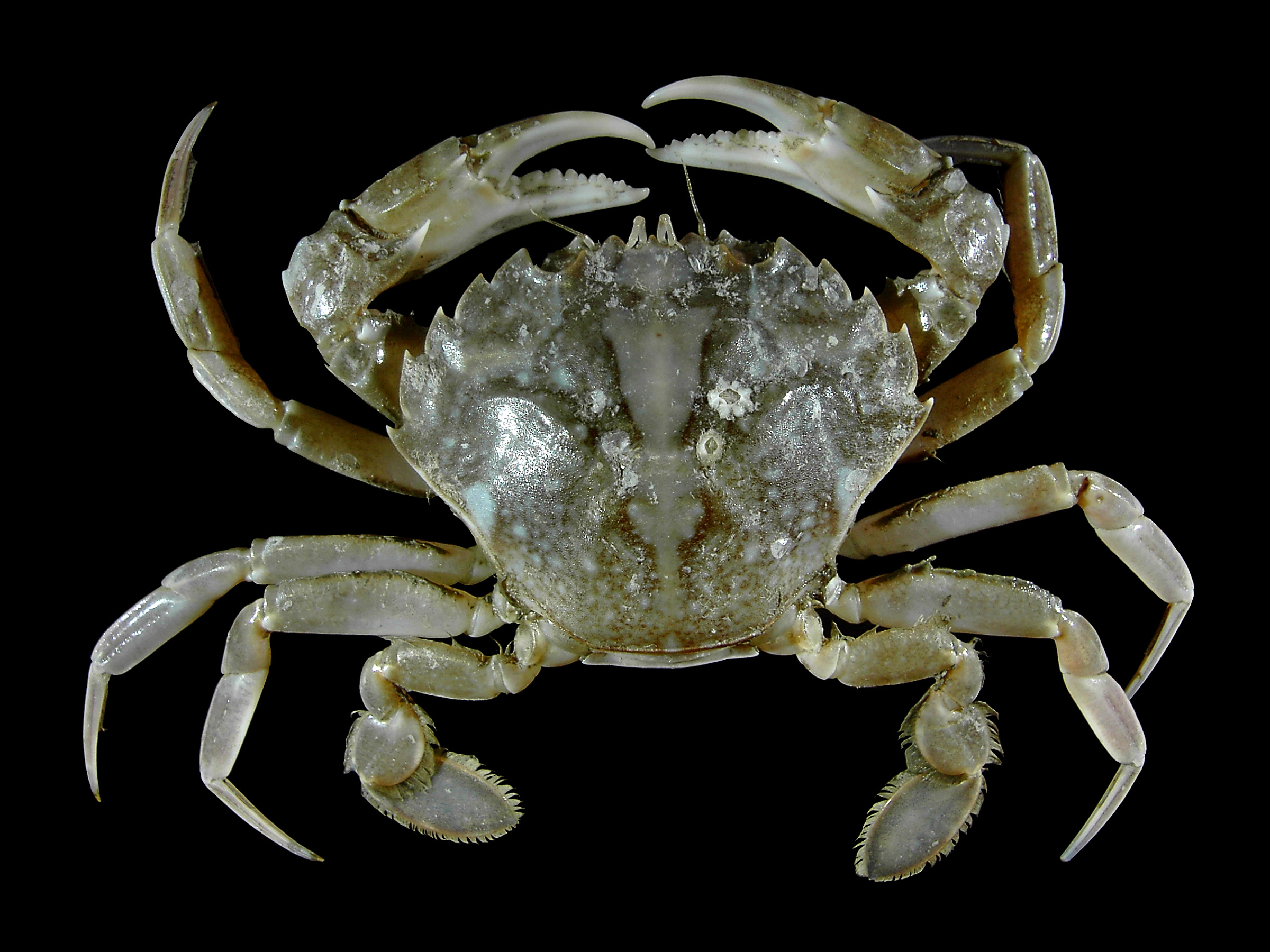
The diversity and distribution of species in areas such as Antarctica, the Mediterranean, the Humboldt current and the Indian Ocean (to name just a few of the areas) were estimated using known literature and published and unpublished data.
Australian and Japanese waters came out as the most biodiverse and the most abundant group of animals was the crustaceans, which made up almost a fifth of all known species across all the regions, followed by molluscs with 17% and fish at 12%.
The category of 'other vertebrates' which includes all whales, dolphins, sea birds, seals and turtles, only came in at 2% of all species - a prime example of how the best-known species may only form a small portion of the diversity.
This inventory has been a really important part of the Census project, because it not only tells us some interesting information about what lives where, but also provides a baseline for measuring changes in the diversity and distribution in response to changes and threats posed by humans.
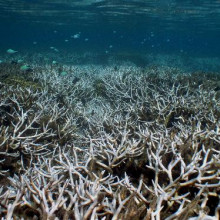
09:29 - Climate change rundown
Climate change rundown
with John Bruno, University of North Carolina, Chapel Hill
Climate change poses many, varied threats to the oceans. John Bruno gives us a rundown of findings from his recent review of the topic in the journal Science.
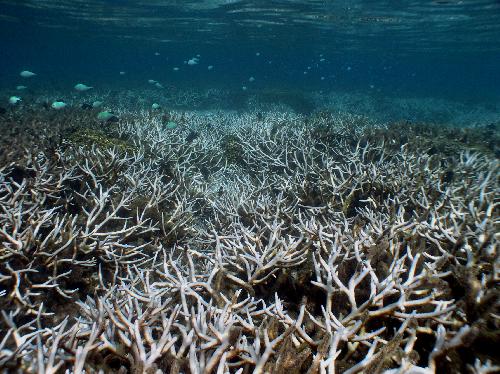 |
Find out more
John's Science review
Ove Hoegh-Guldberg & John F. Bruno (2010). Impact of climate change on the world's marine ecosystems. Science
Bruno lab
Marine Ecology & Conservation in Carolina.
Joel Fodrie et al (2010).
Climate-related, decadal-scale assemblage changes of seagrass-associated fishes in the northern Gulf of Mexico. (PDF) Study mentioned by John.
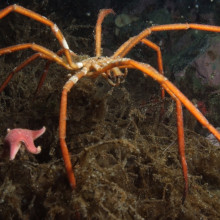
15:35 - Climate change in Antarctica
Climate change in Antarctica
with David Barnes, British Antarctic Survey
Some of the fastest changes due to warming seas are taking place in the Southern Ocean. David Barnes from the British Antarctic Survey tells us about studying in the coldest place on the planet and we meet some amazing critters that have come a long way from home.
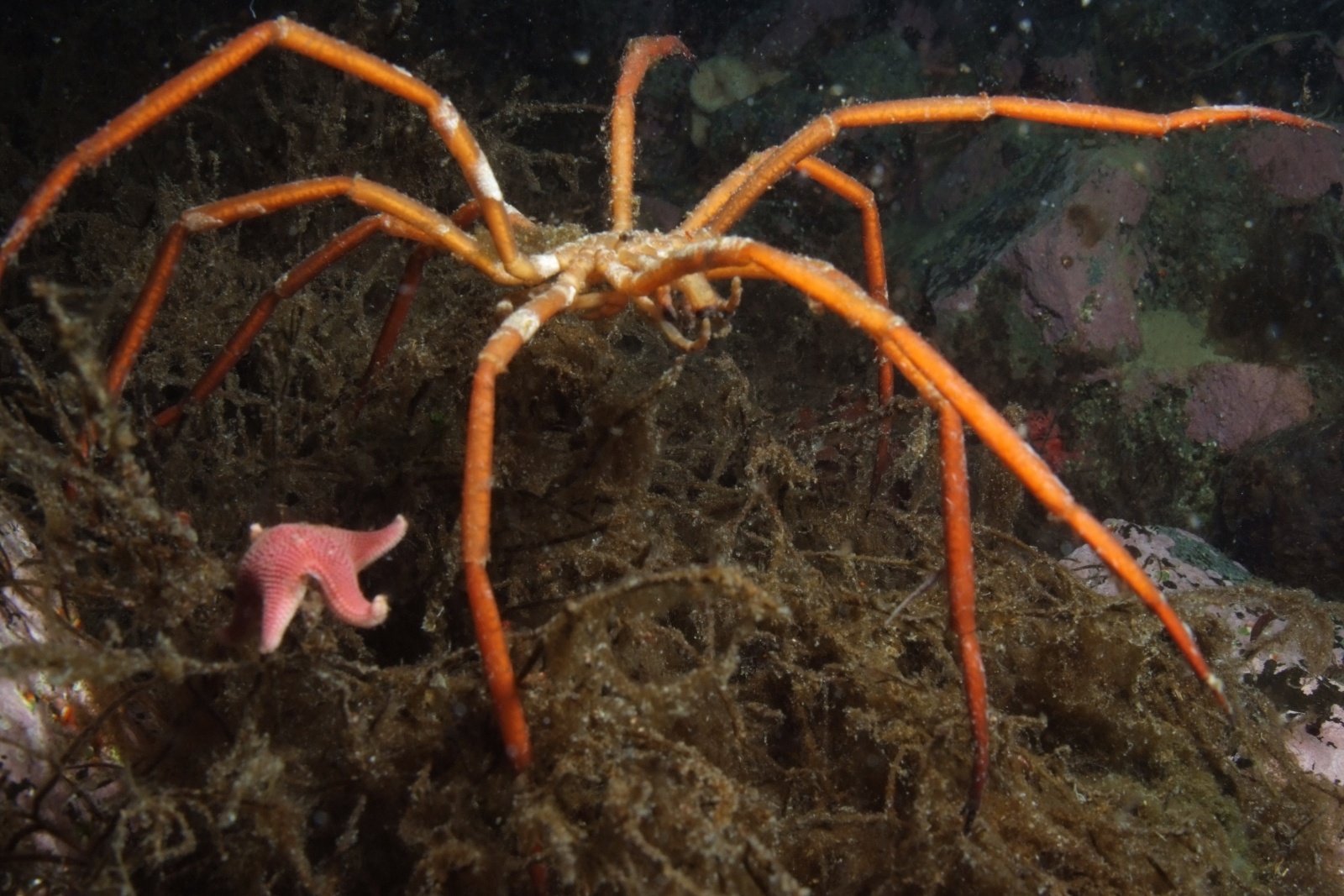 | |
|
Find out more
Climate change in Antarctica.
British Antarctic Survey
David Barnes et al (2009).
Geographic range shift responses to climate change by Antarctic benthos: where we should look?. Marine Ecology Progress Series. (PDF)
David Barnes & Lloyd Peck (2008).
Vulnerability of Antarctic shelf biodiversity to predicted regional warming. Climate Research (PDF)
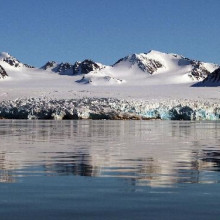
24:06 - Life in Arctic Sea Ice
Life in Arctic Sea Ice
with David Thomas, Bangor University
As well as big animals like polar bears that hunt on top of Arctic sea ice, there is an extraordinary world of life living in the ice itself. David Thomas introduces these vanishing ecosystems and the challenges of studying them before they are gone.
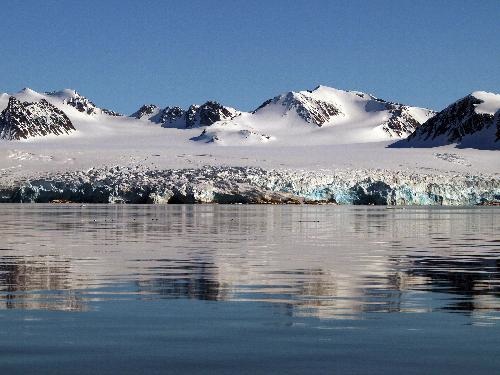 |
Find out more
David Thomas.
Professor, School of Oceanography, Bangor University
Biogeochemistry of Arctic sea ice.
Bangor University
Arctic sea ice News & Analysis.
National Snow and Ice Data Centre
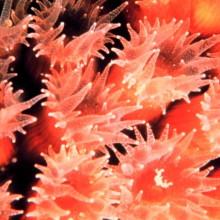
31:12 - Critter of the Month - Star Coral
Critter of the Month - Star Coral
with Nancy Knowlton, Smithsonian National Museum of Natural History
Nancy Knowlton from the Smithsonian National Museum of Natural History chooses this month's critter.
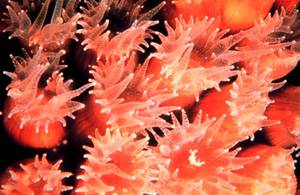 |
Find out more
Great star coral (Montastrea cavernosa) info on sealifebase
Nancy Knowlton.
Sant Chair for Marine Science. Smithsonian National Museum of Natural History
Hello. My name's Nancy Knowlton and I'm a biologist at the Smithsonian's National Museum of Natural History. If I could be a critter in the ocean I'd be a Caribbean boulder star coral. These are, they're called star corals and boulder corals because they make huge stony skeletons and the surface is covered with little mouths surrounded by tentacles that look like stars.
They're also in a way the stars of the reef because although they grow very slowly and reproduce just once a year in about a half hour time period they're very strong so that when a big hurricane comes all the more fragile corals are broken to pieces but the star corals survive.
Now in the Caribbean the star corals have been really common for thousands and thousands of years but lately they've been suffering a lot from bleaching, from water that's too warm in the sea. So I guess it is an open question as to whether they'll be the stars of the reef in the future.
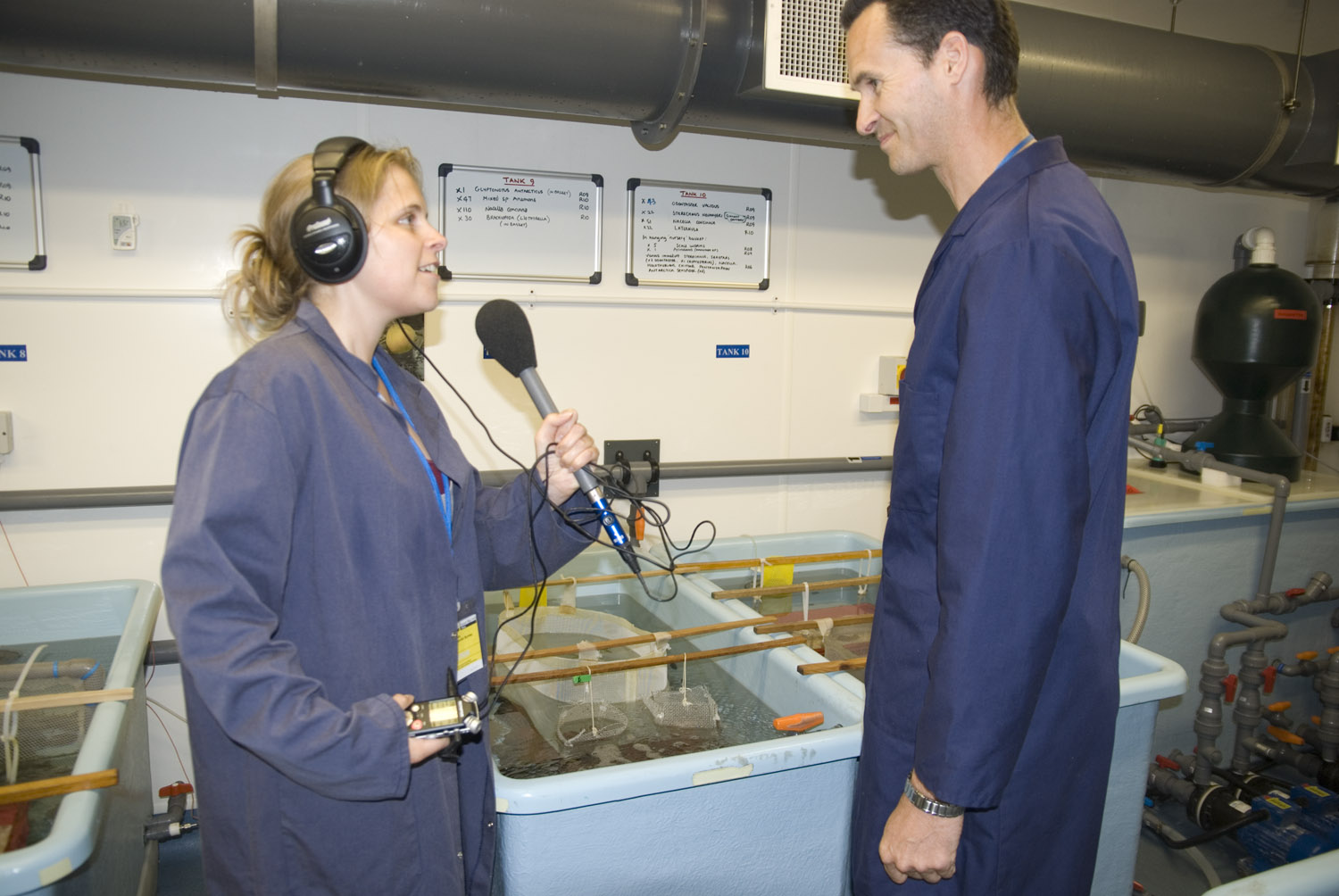










Comments
Add a comment